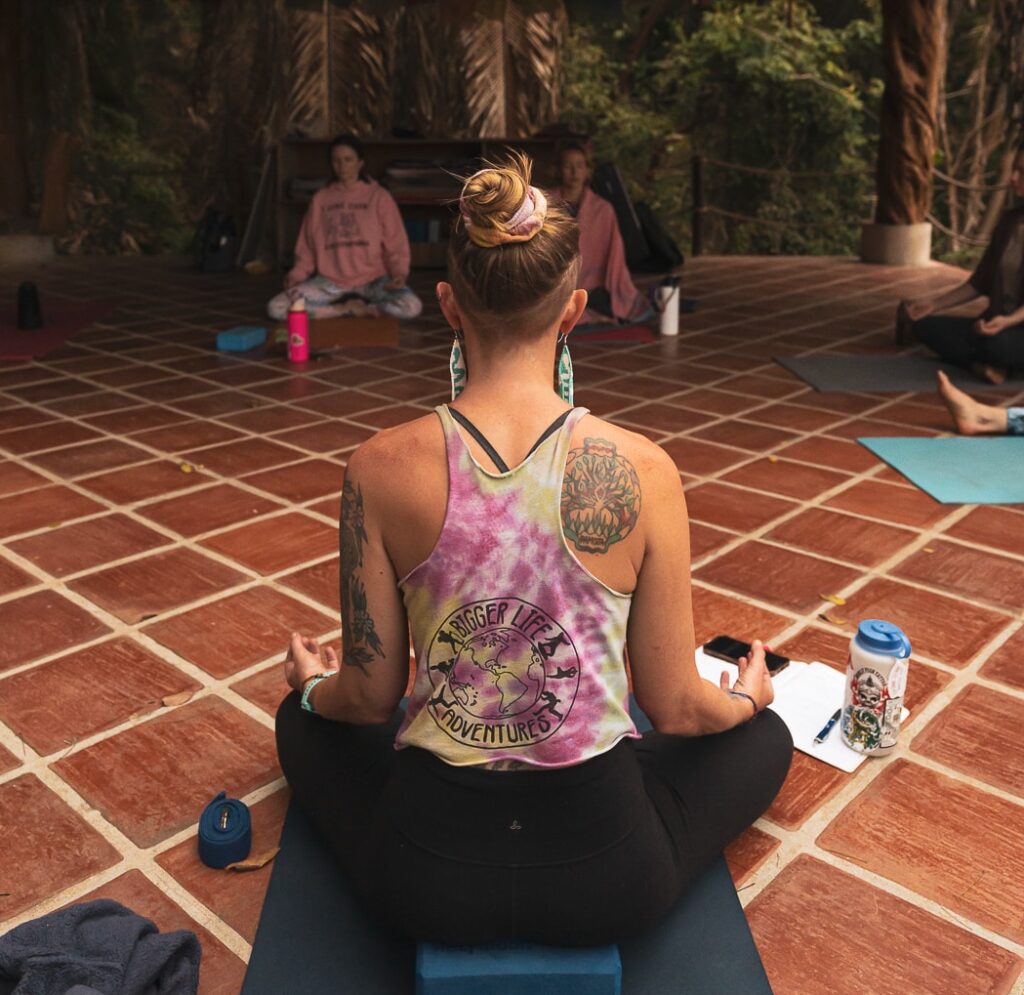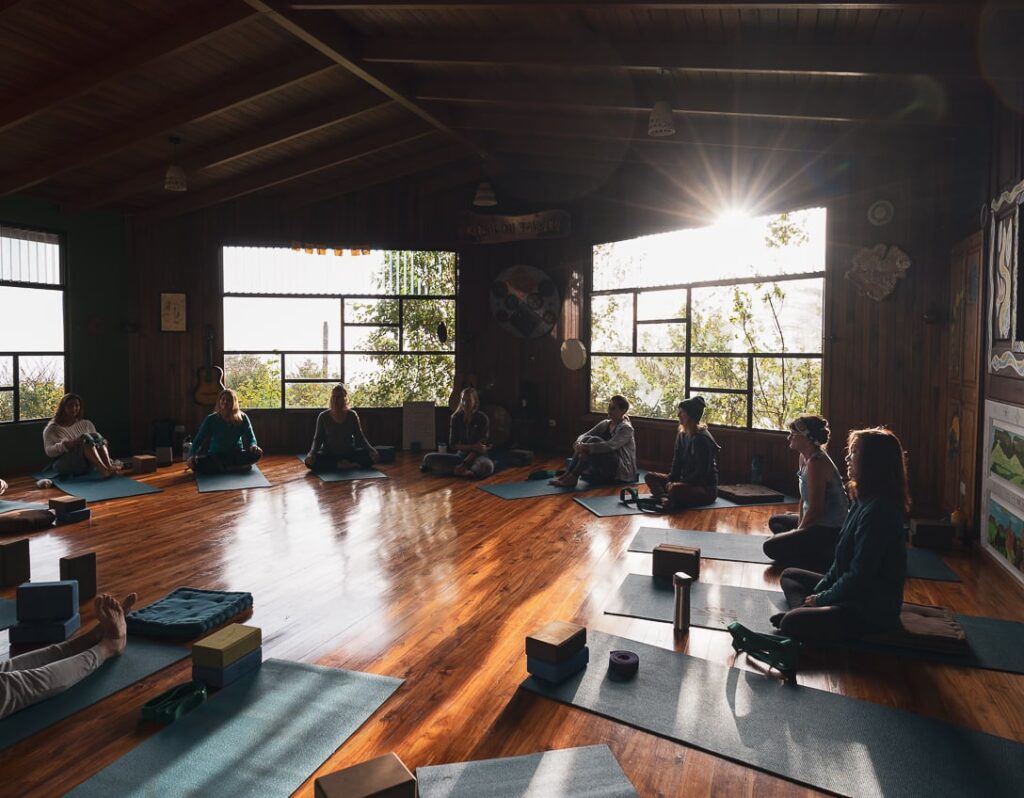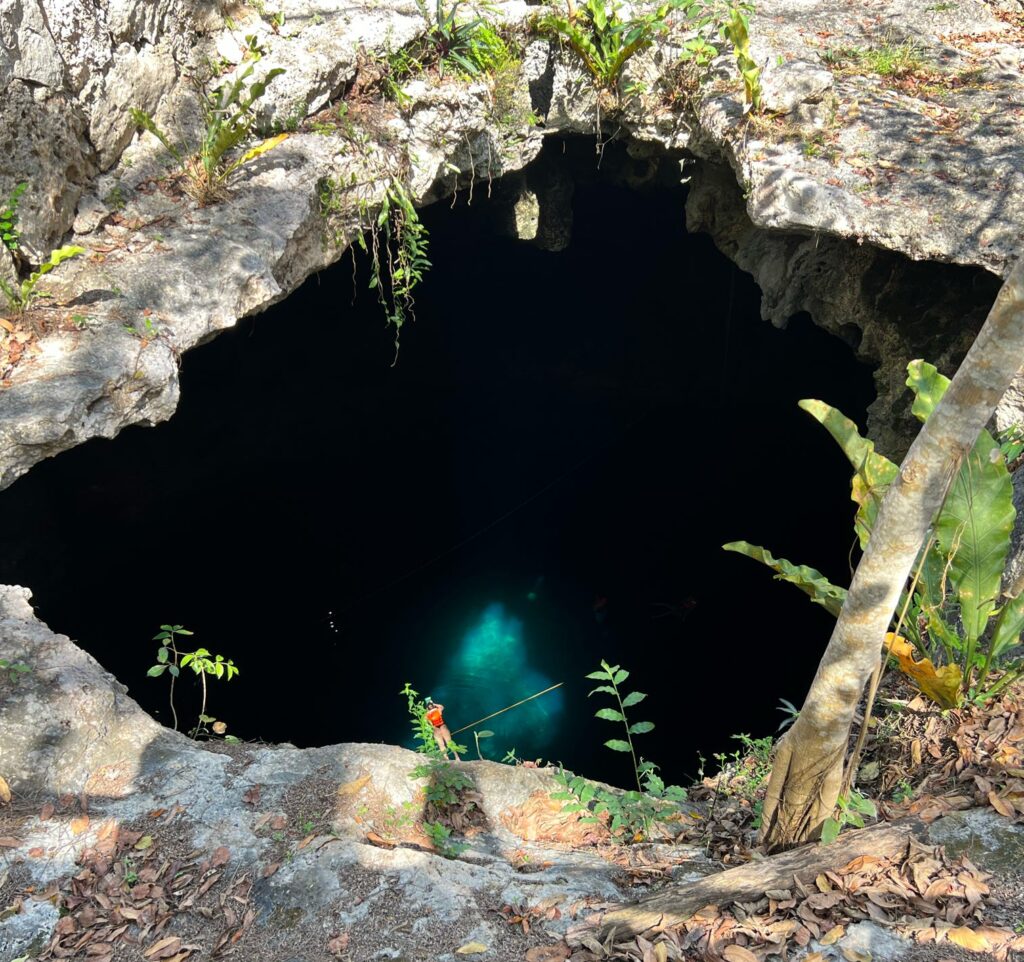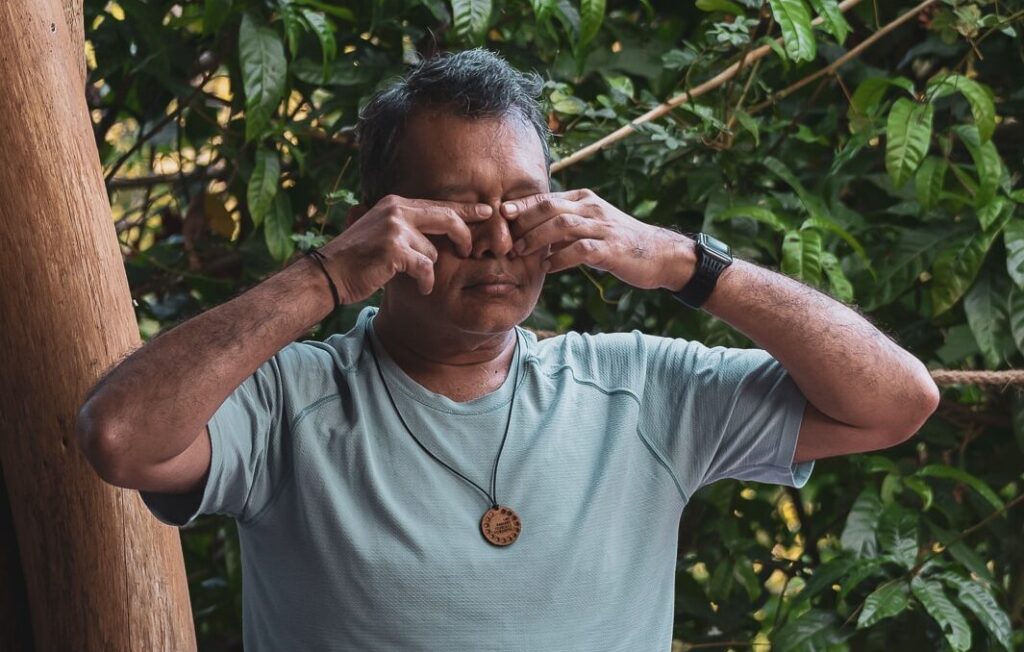Pratyahara – The art of sense withdrawal in a modern yoga lifestyle

Pratyahara – The art of sense withdrawal in a modern yoga lifestyle
Pratyahara is one of Patanjali’s eight limbs of yoga, a set of practices one can follow to almost certainly better their lives. The limbs start with the Yamas and Niyamas, or the “do”s and “do not”s of a moral, yogic lifestyle. These are guidelines on how to treat yourself and others, helping to lessen the creation of karmic debts. The third limb of yoga is Asana, the poses, what many westerners think of as the entirety of Yoga. But now you know, it is not!
After Asana is Pranayama, breath control- manipulating breath to move life force in different ways and noticing the results.

Limb number five is Pratyahara, or sense withdrawal. This is the task of removing external stimuli as much as possible and focusing your attention inwards. In the age of technology and constant distraction, this objective is more challenging than it once was, but also more rewarding to accomplish.
Pratyahara is important because it is a prerequisite for the remaining limbs of yoga. Dharana, or concentration, is about quieting the mind. Your mind will never be quiet with a constant bombardment of noise and distractions. Once your mind and body are silent it’s easier to move into the final limbs.
Dhyana, or meditation, is the experience of uniting, or becoming fully present with whatever you are concentrating on. Thoughts cease and you are fully absorbed in the moment. From here, the eighth limb of yoga, Samadhi, or ecstasy, becomes possible. You are released from self and find divine inter-connectedness with all living things.
How do you practice Pratyahara in a world that is constantly demanding your attention? You must first identify the myriad of sensory inputs in your life where your attention is being drawn away. This might be the strong smell of cookies in the oven, the distant grumble of a car, or the most common form of sense-stealing equipment – the modern smartphone. We become addicted to the sensations around us, and they distract us from the more subtle sensations occurring inside of ourselves. The phone’s lights and sounds and vibrations quickly put us into a technological dissociation, a state of being numb to the feelings that really matter. Phones become a place where we escape when we are feeling sad, lonely, bored, or some other state that we want to escape from.
Our constant need for gratification through our senses is a powerful inner beast. While feeling and using our senses is a wonderful and fulfilling part of our life experience, we must learn to control our desires rather than having them control us. We should have time for sensual desires, along with “senseless” pursuits. I put “senseless” in quotes because we will find, when the outside senses are ignored, many other more subtle senses lie within us all. Senses like embodiment, interoception, and intuition all exist and can only be experienced by turning inwards.
So, how do you fight this constant distraction and technology addiction? You can take regular breaks from technology and move your internally, away from distraction, even if it’s just for a 20-minute meditation every day.
Noticing what you are craving and why is a huge part of this yogic journey. Once you can identify the distractions you seek, you can start to question or remove them from your life. This can be done by limiting screen time, eating something different than your normal favorite foods, or practicing periods of celibacy. Again, the first step is unmasking the craving.
If we succeed in reigning in our instant gratification-seeking behaviors, we can begin working to remove the unwanted sense inputs that find us on their own. While it may not be possible for us to completely renounce everything and retreat to live in a perfectly quiet cave in the jungle, there are many things we can do to quiet the world around us.
Create a space for your practice. Someplace in your home that you feel safe. Ideally, it is a quiet area with calm lighting and a pleasant temperature. If distracting smells exist, you can light some incense. If a stimulus cannot be removed, then cover it up with a consistent and more powerful sense. Uses of this technique include white noise for changes in sound, or a sleep mask to block the moving sun. There is also a pranayama called Bhramari Pranayam or Bumblebee Breath.
Practice silence. Many of us fill up our entire sensory system with constant noise. You cannot hear the inner voice of wisdom while constantly creating noise. Start with small amounts of silence. Turn off your phone, go to your quiet place, maybe just starting with 20 minutes if it is hard for you. Work your way up to maybe spending an entire day in silence, without technology.
Another way to practice Pratyahara is by going on retreat. This can be accomplished by paying for a retreat experience, or by creating your own retreat by finding a quiet, safe place in nature. Just go camping! Many wealthy and successful individuals, including Jack Demsey from Twitter, find time each year for silent meditation retreats. This is a great time to refocus yourself, practicing Pratyahara, while also diving into the other limbs of yoga.
Pratyahara, sense withdrawal, is only one of Patanjali’s eight limbs of yoga. The Yamas, Niyamas, Asana, Pranayama, Dharana, Dhyana, and Samadhi are each important parts of your path towards enlightenment. Pratyahara is often cited as the gateway to the inner limbs of yoga, as to practice the last three limbs you must first practice Pratyahara. Withdrawing your senses can be an important part of your spiritual practice. It is an activity that opens you up to receive more, rather than taking your attention away.

A waterfall works great for a single point of sensual focus.
Journaling prompts about Pratyahara:
How can I bring more silence into my life?
Which distractions steal the most of my attention?




